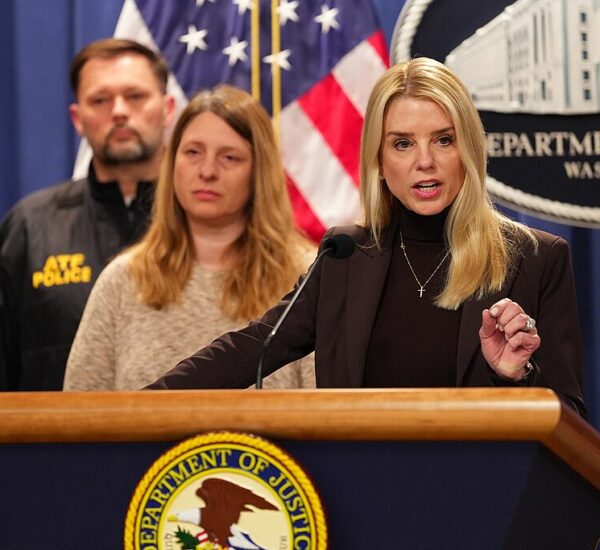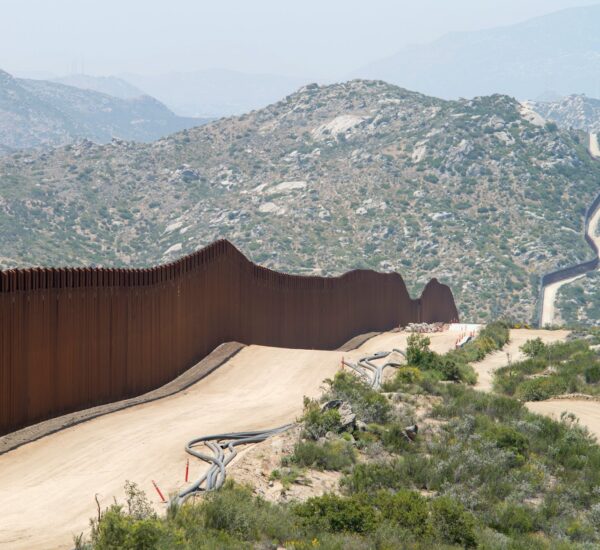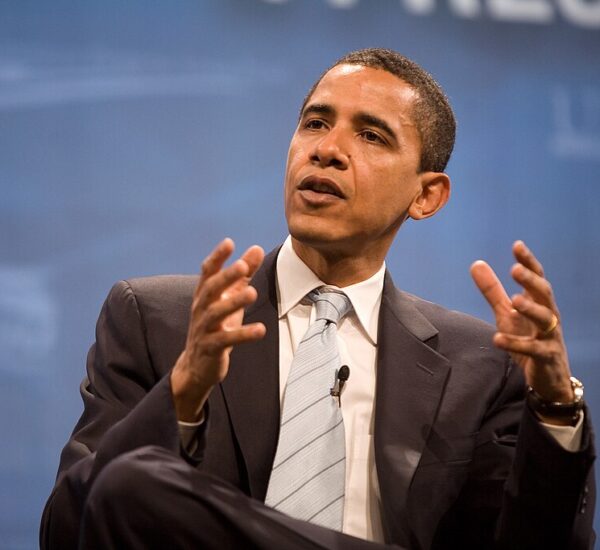Trump To Relocate 100,000 Jobs?
Laura Dodson and other federal workers are once again facing uncertainty about their jobs, reflecting broader concerns about the stability of their roles and the future of the federal workforce. For years, these workers have been integral to the economy of the nation’s capital and its surrounding suburbs.
Under the Trump administration, Dodson’s office at the U.S. Department of Agriculture was informed of a major relocation. The plan was to move approximately 75 employees to Kansas City, Missouri. However, the move proved problematic, with fewer than 40 actually making the transition. The hurried nature of the relocation, which did not adequately address housing, job opportunities for spouses, or schooling for children, led to premature retirements and job shifts that ultimately harmed the agency’s effectiveness.
Now, concerns have resurfaced with Trump’s Agenda 47, which proposes moving up to 100,000 federal jobs from Virginia, Maryland, and the District of Columbia. This proposal is causing significant anxiety among federal workers who fear abrupt relocations could disrupt their lives and livelihoods. This anxiety is heightened by a contentious U.S. Senate race in Maryland, where even Republican candidates have criticized the plan as “crazy.” Additionally, Trump’s push to shift federal jobs might negatively impact his chances in Virginia, where a U.S. Senate seat is also up for grabs.
Michael Knowles, president of the American Federation of Government Employees (AFGE) local 1924, emphasizes that federal employees, who took oaths to uphold the Constitution, are deeply committed to their roles. Yet, he acknowledges that they are uneasy about potential decisions that seem impractical or detrimental to their mission.
Adding to the unease is the proposed “Project 2025,” which suggests major changes to the federal workforce, including eliminating thousands of jobs and removing civil service protections. Although Trump has distanced himself from this proposal, it remains a concern for many workers. Knowles, reflecting on these potential changes, points out that federal employees would likely view arbitrary decisions unfavorably, particularly if they seem disconnected from practical or operational realities.
Local leaders in Maryland and Virginia are voicing strong opposition to the proposed relocations. In Maryland, where Trump’s unpopularity is notable, the proposals are seen by many as retaliatory. Former Governor Larry Hogan, a Republican, has condemned the idea, calling it “crazy” and suggesting it would be disastrous for the region and federal government alike.
The impact of these proposed changes extends beyond federal workers to local businesses and economies. For example, Tay Gibson of Census Auto Repair & Sales in Maryland, fears that a reduction in federal employees would hurt small businesses reliant on their patronage. Similarly, Libby Garvey, chair of the Arlington County Board in Virginia, highlights the potential economic fallout, stressing that losing a significant number of federal jobs could severely affect local budgets and essential services.
Political analysts also weigh in, noting that relocating federal workers might affect Trump’s prospects in Virginia. Karen Hult, a political science professor, observes that federal employees and contractors form a significant voting bloc in Northern Virginia. Meanwhile, Filipe Campante of Johns Hopkins University argues that such relocations could undermine government accountability by distancing civil servants from the political center, which might erode the checks and balances crucial to effective governance.
In summary, while Trump’s proposals aim to challenge the “deep state” and redistribute federal jobs, the implications for workers, local economies, and political dynamics are complex and far-reaching.






